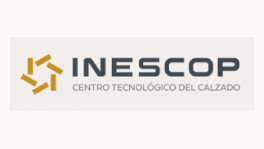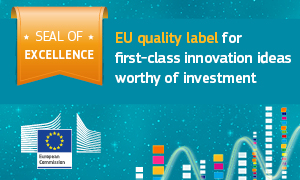Cultivating the leather for the next generation
The three pillars of our approach
Beyond tradition and synthetics
Answering a global need
This is not the first time animal leather has been disrupted – the 20th century saw the rise of artificial leathers synthesised from petrochemicals at a third of the cost. They now represent about two thirds of the overall leather market. But this alternative also generates environmental impacts related to contamination by plastics, CO2 footprint, and the release of toxic chemicals to the environment. Hence, there is an urgent need to develop new alternatives to both animal and synthetic leather.
Changing the industry at its core
Using cutting-edge technology
Our objective is to develop cultured leather which requires less time of manufacturing, without land or chemicals, and much lower water and energy inputs. At high scale, cultured leather can provide a safe, sustainable and economical alternative to the traditional tanning and chemical industry and it will help to mitigate the climate emergency.
From a technical perspective, our approach integrates innovations in cell culture and biofabrication to get a leather with the best properties of durability, strength and elasticity, offering genetic solutions to coming generations.
A truly eco-conscious solution
Redefining leather towards sustainability
Natural leather takes up a high amount of time and resources, along with the animal harm necessary for its production. Beef cattle are raised for an average of 18 months before being slaughtered, at which point the process of turning hides into leather begins. The full tanning, dyeing, and finishing process takes between six to eight weeks. After the hide is processed, it may be shipped to finished goods companies to be cut and sewn into products.
We’ve addressed this challenge by developing an eco-friendly leather-like material that requires less time, water and energy to manufacture and employs no harmful chemicals.












